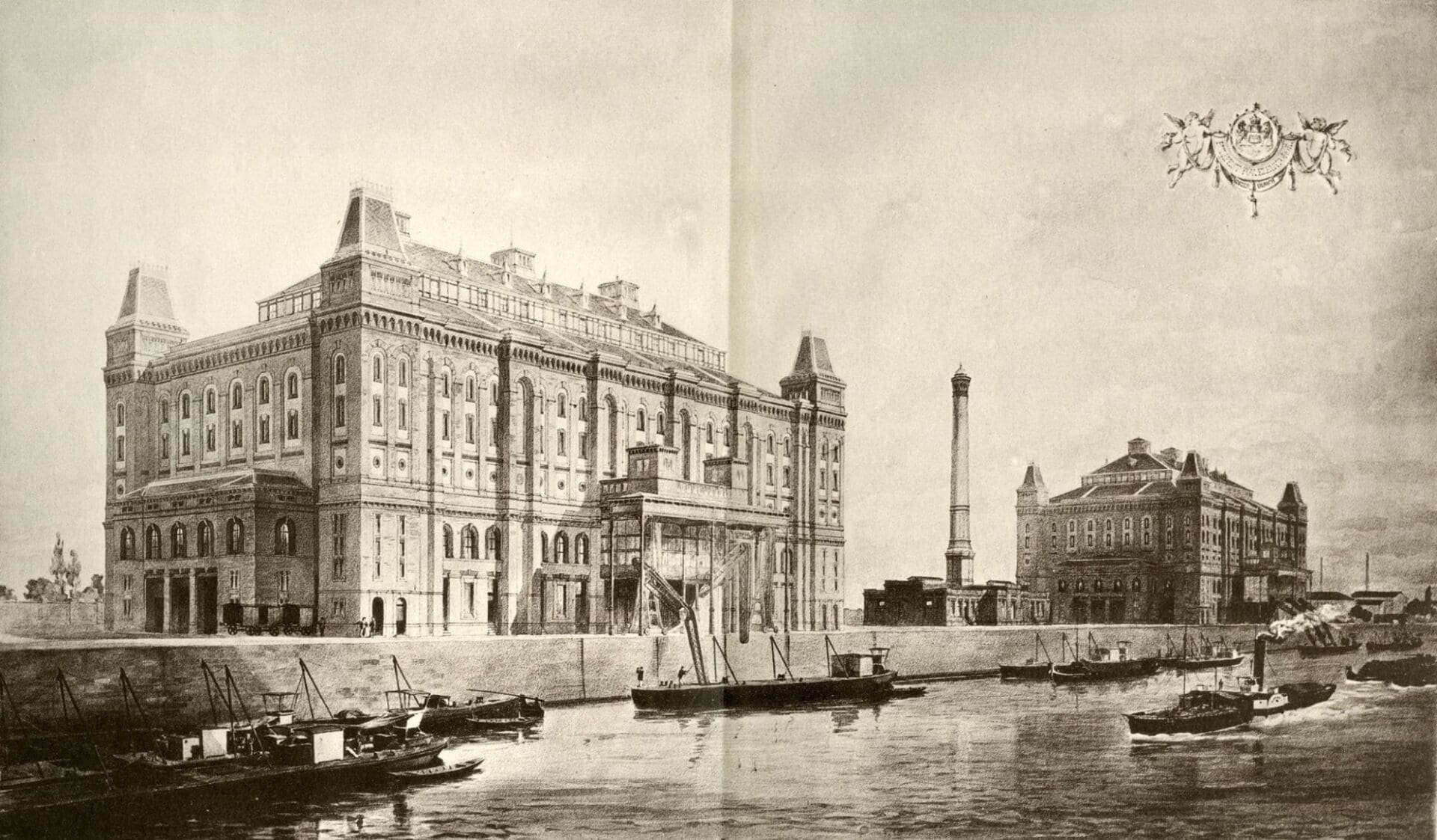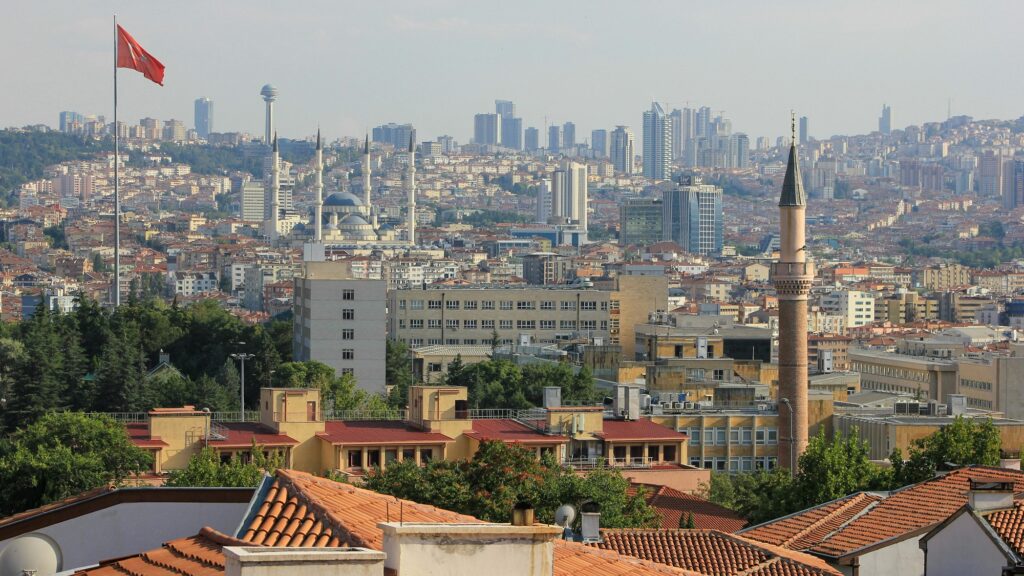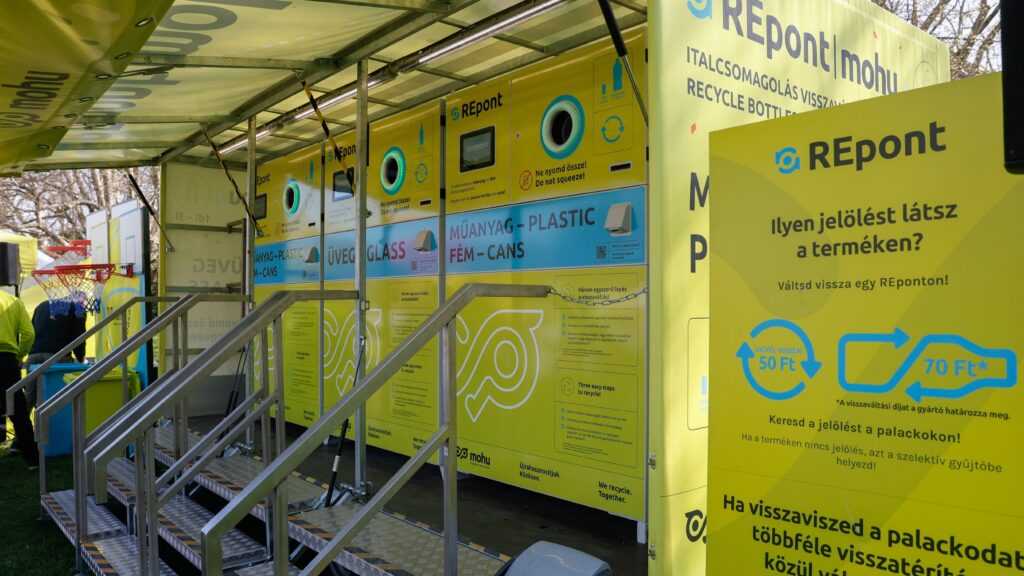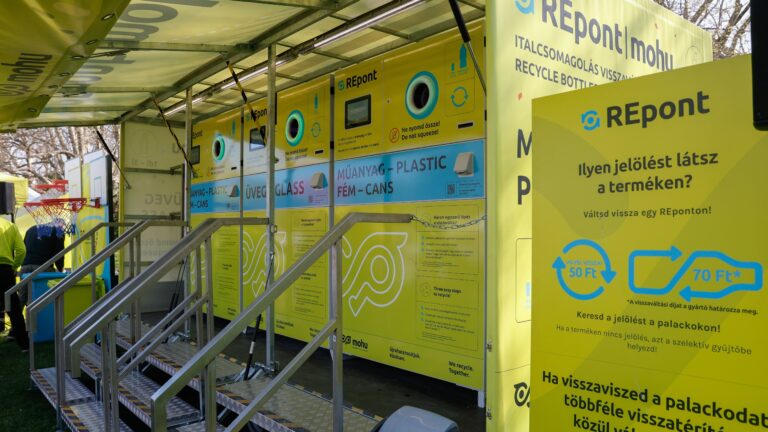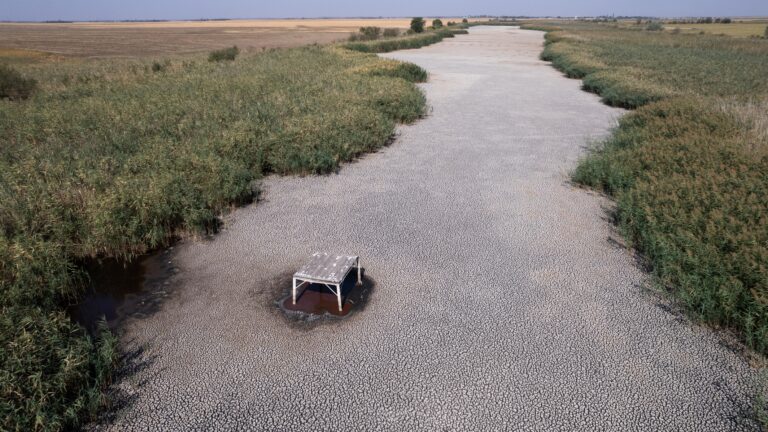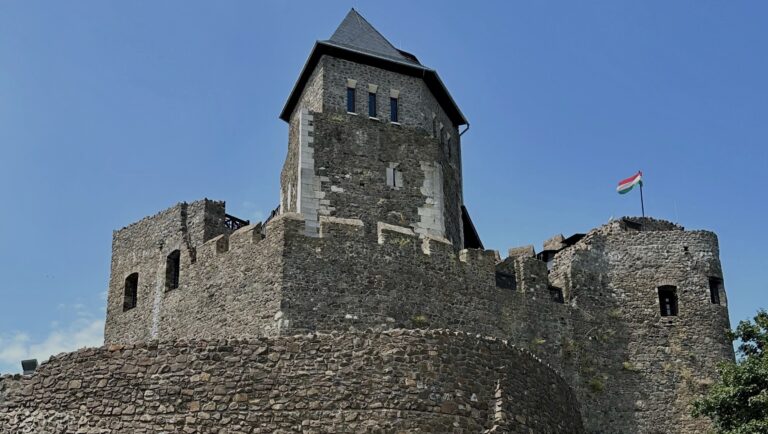The economic changes that took place in the second half of the 19th century resulted in a significant boom in the progress of the Kingdom of Hungary, and in Budapest, the economic centre of the country, the indispensable infrastructural background was rapidly established, too. However, in contrast to the buildings of days long past that can still be found today, several edifices that were significant in terms of the cityscape disappeared during the 20th century—one of the most memorable of them was the Elevator House.
During the age of dualism, the key to and the basis of Budapest’s development was the processing and trade of agricultural products. The network of warehouses built on the Pest side of the Danube, the advanced steam mills and the new plants greatly contributed to the manufacturing of products intended for the market of the monarchy.
The increasing level of trade created new logistical needs; thus, it became necessary to establish a storage and distribution centre, the designated site of which was the Pest-side embankment organically connected to the southern railway network, which today covers the area between Boráros Square and Fővám Square.
The gigantic Elevator House was completed in 1883, complemented by the four brick buildings and two wooden buildings of a newly built warehouse.
Thus, a storage, loading and distribution centre, which was a significant technical achievement for its time, was established in Hungary.
The largest building of the complex, the Elevator, was basically used for the classification, storage and transhipment of incoming goods. For this, 18 elevators in the building transported the grain to the upper floors, where a warehouse with a 22-metre-high ceiling was located. From there, the products were later placed in railway wagons with the help of conveyor belts and pipes.
The building was connected to both rail and water-based transport. In the interior, 20 wagons could be loaded on four tracks at the same time, while, along the banks of the Danube, three elevators carried the incoming grain unloaded from cargo ships.
The elevator is a continuously operating conveyor used for the vertical or diagonal movement of lumpy, grainy, granular or powdery loose materials.
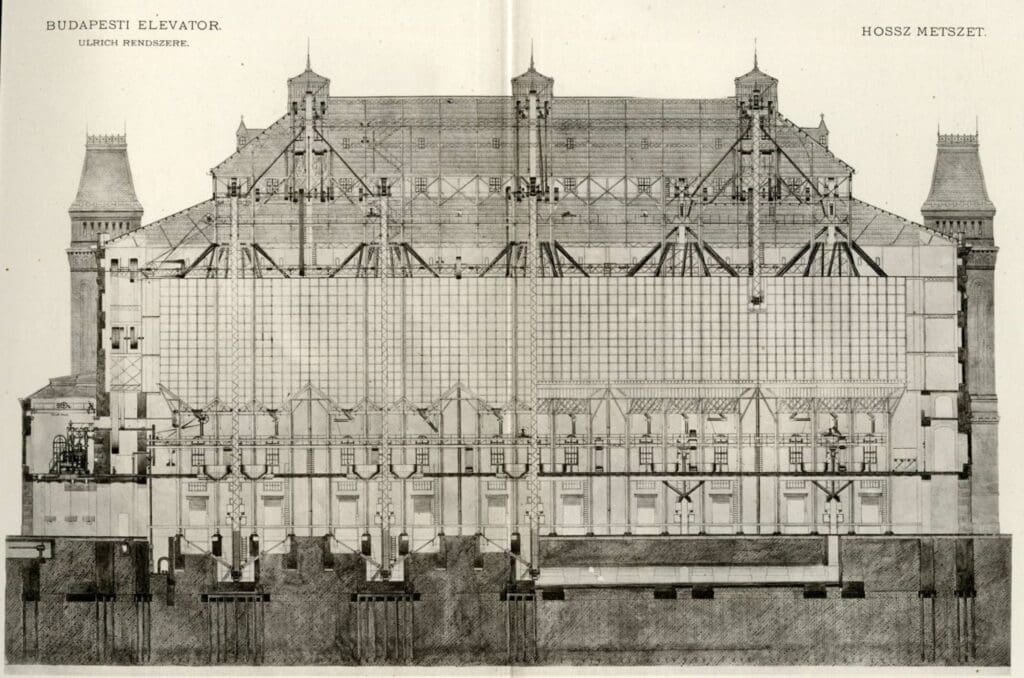
Due to the proximity of the Danube, 4,213 wooden stakes were driven into the ground to stabilize the foundation of the 50-metre-high building. The steam engines moving the elevators were located 20 metres above the tracks, and the steam was pumped in from outside for fire safety reasons.
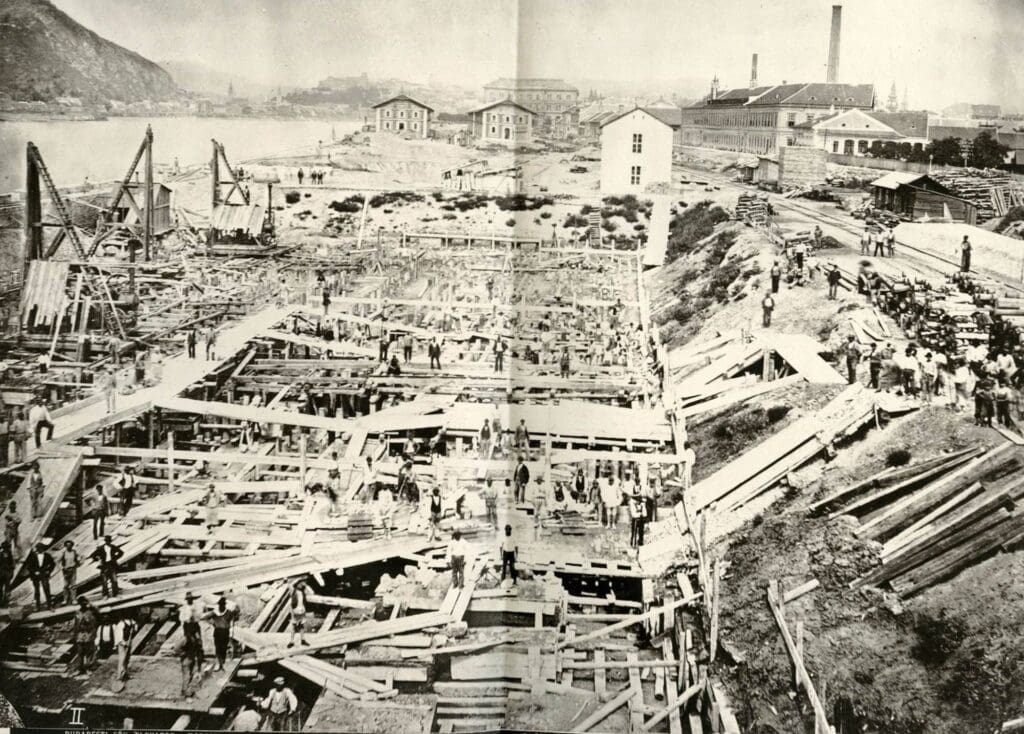
The patent rights for the mechanical equipment, considered a significant technical achievement for its time, were purchased by the United States, Belgium, Germany, France and Russia for their planned loading facilities.
In the 1870s, two Elevator Houses were originally planned to be built, but increasing globalization intervened: in the 1880s, cheap North American flour flooded the European market, which led to a decline in domestic production—therefore, the second Elevator House was never constructed.
The ravages of World War II did not spare the Elevator House either. Due to the proximity and strategic importance of the Southern Railway Bridge and the Ferencváros Railway Station,
on 5 September 1944, at 10:15 a.m., an inaccurate air attack missed its mark and the building was hit several times.
More than half of the elevators became unusable, and the roof structure was also seriously damaged. Although the structure of the building withstood the war quite well, the collapsed tower and roof were never restored, and eventually in 1948 the building was completely demolished.
The three buildings of the warehouses have been recently renovated and integrated into Bálna (the Whale), a shopping, cultural, and entertainment centre, combining contemporary and modern architectural features.
Click here to read the original article

